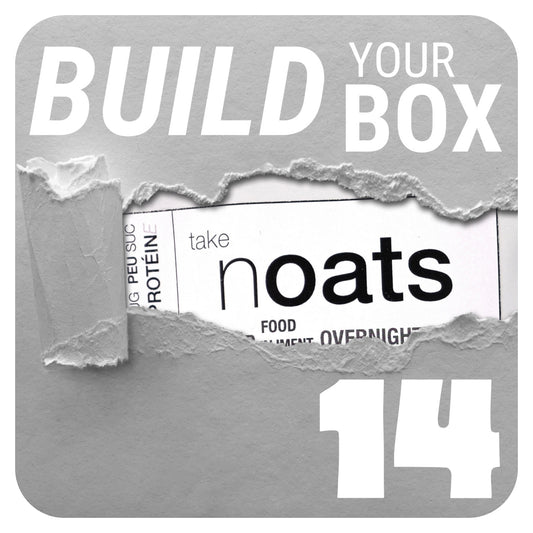Let’s start here: no one really knows.
There’s no plaque. No statue. No historic photo of a woman in an apron holding a mason jar and smiling like she just solved breakfast. Instead, overnight oats slipped quietly into our lives; sneaky, like all good revolutions.
But if we trace the oatmeal timeline back, something surprising emerges. This isn’t some flashy, influencer-fueled food trend. It’s old. Ancient, even.
In the early 1900s, a Swiss physician named Maximilian Bircher-Benner was treating patients with, you guessed it, oats. Raw oats. Soaked. Mixed with milk, nuts, fruit, and a little lemon. He called it muesli, and it wasn’t a recipe. It was a philosophy.
Food as medicine. Simplicity as wellness. This was overnight oats before Instagram filters and chia seeds. It was about slowing down. About nourishment. About doing less, better.
Bircher-Benner’s soaked oats were originally meant for hospital patients, but they spread. Quietly. Into homes. Cafés. Health movements. Over decades, the idea changed clothes. New toppings. New containers. The mason jar era. The almond milk revolution. But the bones remained the same.
So while we can’t point to a single inventor, we can recognize the lineage: from Swiss clinics to Brooklyn lofts. From something eaten under fluorescent lights to something shot in golden morning glow.
Overnight oats weren’t invented. They evolved.
They’re the kind of food that doesn’t need marketing, it just makes sense. Soak oats. Save time. Eat well. What else is there?
And that’s what makes them feel timeless. Like something your great-grandmother might have made without calling it anything. Like something your future self will still be eating, long after trends move on.
Takenoats definitely did not invent overnight oats. We just made them impossible to ignore. High-protein. Balanced macros. No prep. No stress. Just real food for real life.
We didn’t start the story. We just wrote the version worth repeating.




